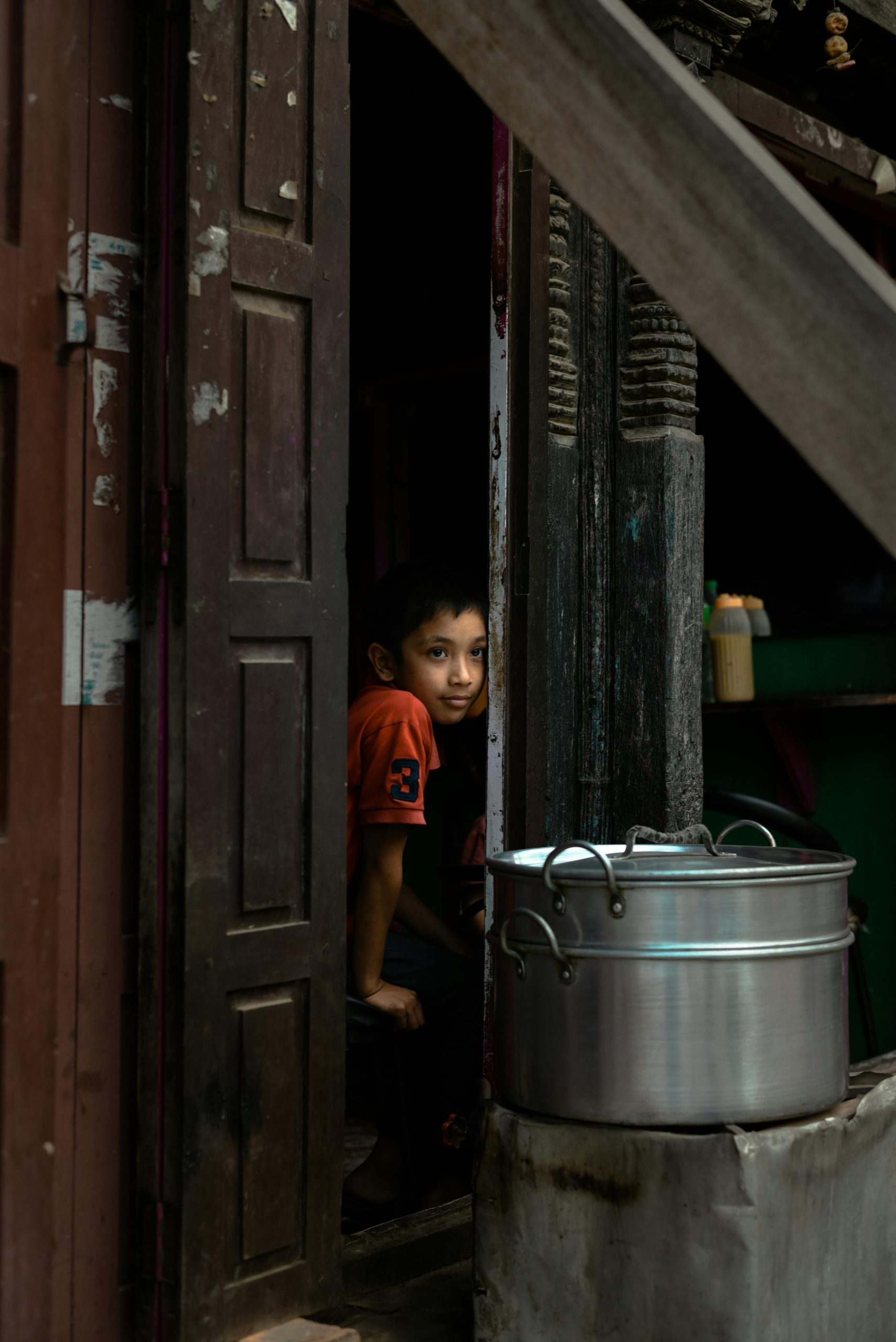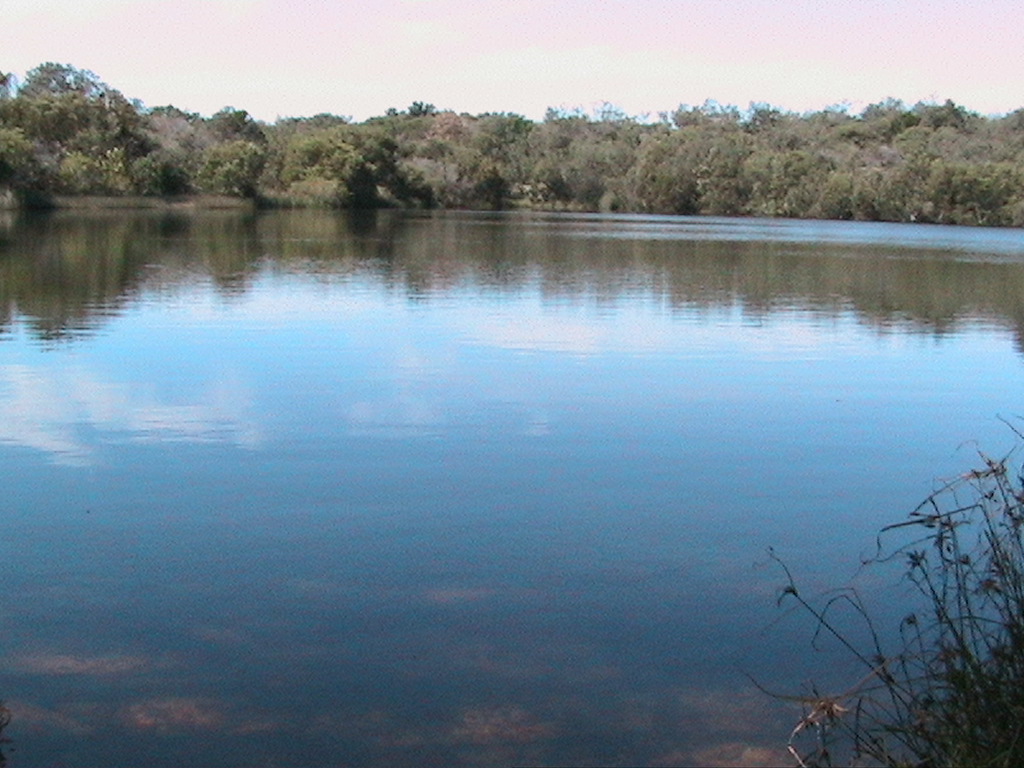Celebrating the Rich Tapestry of Australian Culture
It’s often jested that Australia is a cultural desert, but nothing could be further from the truth. This vast and vibrant land is a melting pot of traditions, arts, and lifestyle that offer a unique and fascinating cultural landscape. Here, we’ll explore the diverse elements that make Australian culture both rich and compelling.
From the ancient customs and art of the Aboriginal and Torres Strait Islander peoples—some of the oldest continuing cultures in the world—to the dynamic contributions of modern immigrants, Australia boasts a heritage as varied as its landscapes. The country’s cities are buzzing with world-class museums, lively music scenes, and vibrant street art, while its festivals bring communities together in celebration of artistry and tradition.
This cultural wealth isn’t confined to the urban centers. Across the nation, from the coastal regions to the outback, Australians express their culture through sport, food, and the great outdoors, proving there’s so much more than meets the eye.
Join us as we dive deeper into the distinctive fabric of Australian society, offering an insightful glimpse into how this nation’s past and present paint a picture of cultural richness and diversity.




It’s a common myth or misconception that Australia lacks a distinct culture, often perpetuated by stereotypes that focus narrowly on aspects like kangaroos, the Outback, or surf culture. However, this view overlooks the rich tapestry of traditions, practices, and innovations that form the Australian cultural landscape.
To understand Australian culture, one must first acknowledge the profound influence of Indigenous peoples, who have nurtured deep traditions and connections to the land for over 60,000 years. Indigenous Australian cultures are among the oldest continuous cultures on earth, characterized by diverse languages, arts, spirituality, and a profound and sophisticated knowledge of ecology and the environment. The contributions of Indigenous Australians in areas such as art, dance, and music are not only integral to the national character but also esteemed globally.
Moving beyond this, modern Australian culture is a vibrant melting pot shaped by waves of immigration. From the British settlers who arrived in the late 18th century to the post-World War II influx of Europeans and more recent arrivals from Asia, the Middle East, and beyond, Australia is home to a wide array of cultural influences. This diversity is celebrated in Australian cuisine, festivals, and customs, making it a culturally dynamic nation.
Furthermore, Australians have a notable impact on global arts, particularly in film, literature, and music. The international achievements of Australian actors, directors, authors, and musicians are testimony to the creative talents nurtured within the country. Icons like Nicole Kidman, Cate Blanchett, Tim Winton, and the band AC/DC showcase Australian contributions to global culture.
Australian culture also manifests in sports, an area where the nation certainly punches above its weight. Australians are passionate about sports, such as cricket, rugby, and Australian Rules football. These sports not only provide entertainment but also act as a social glue, fostering community spirit and national pride.
Moreover, Australians possess a distinctive set of values, often highlighting a laid-back and egalitarian approach to life. They place high importance on fairness, often reflected in their use of the term “a fair go,” illustrating a collective belief in equality and opportunity for all. Humor, particularly of the dry and self-deprecating Australian variety, is another cultural hallmark.
For those interested in experiencing Australian culture firsthand, practical advice would be to engage with local communities and events. Visiting cultural festivals, art galleries, or attending a local football match can provide deeper insights into this multicultural society. Exploring the country’s culinary diversity by trying a variety of local foods and participating in celebrations like